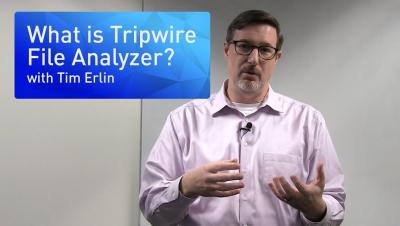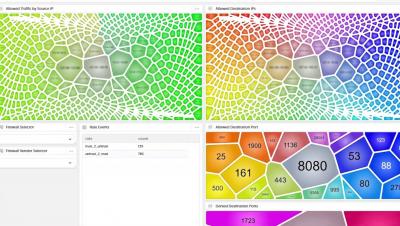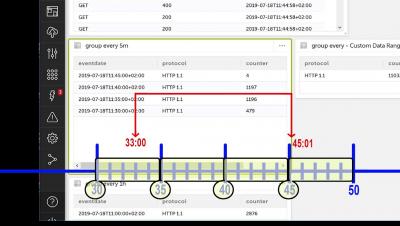Security | Threat Detection | Cyberattacks | DevSecOps | Compliance
%term
Vulnerability Management Program Best Practices
An enterprise vulnerability management program can reach its full potential when it is built on well-established foundational goals that address the information needs of all stakeholders, when its output is tied back to the goals of the enterprise and when there is a reduction in the overall risk of the organization. Such vulnerability management technology can detect risk, but it requires a foundation of people and processes to ensure that the program is successful.
3 Things to Consider When Looking for a Secure Content Platform
Business leaders who are responsible for providing users with access to their company’s intellectual property also realize the importance of keeping it secure. They are also likely championing the advantages of digital transformation as a way to improve their own company’s operations while delivering a more secure environment for data, workloads, and users.
ISO 9001 Quality Management Principles
ISO 9001 is the international standard for quality management systems (QMS), published by the International Organization for Standardization (ISO). ISO standards are the most widely used quality management standards worldwide. Increasingly, your customers are looking for a guarantee that the products they’re buying from you have gone through quality management best practices. Adopting the ISO 9001 standard is one step toward offering that guarantee.
AT&T Cybersecurity Insights Report: Security at the Speed of 5G
While some enterprises appear to be getting an early jump on the security implications of 5G, many are struggling with the implications to the business and the changing security model. This is based on a survey AT&T Cybersecurity conducted with 451 Research of 704 cybersecurity professionals in North America, India, Australia and UK in August - September 2019. Participating organizations spanned 13 industry verticals and each had more than 500 employees.











